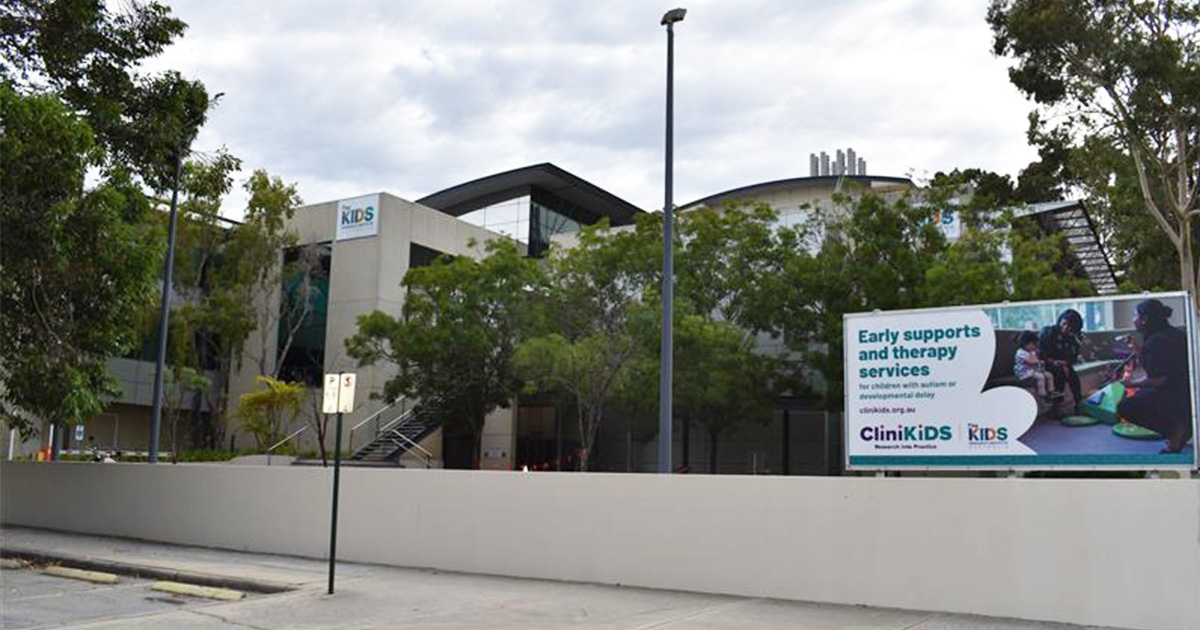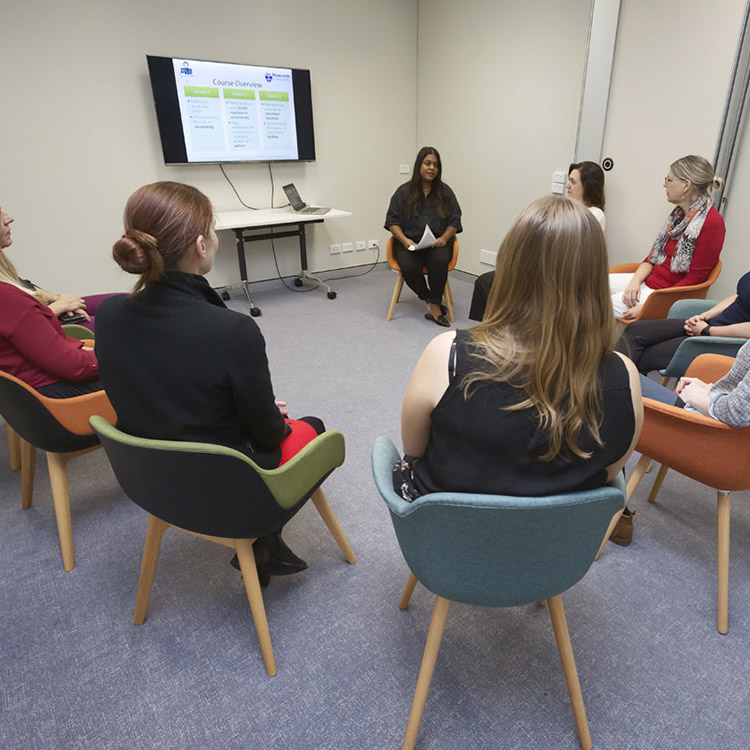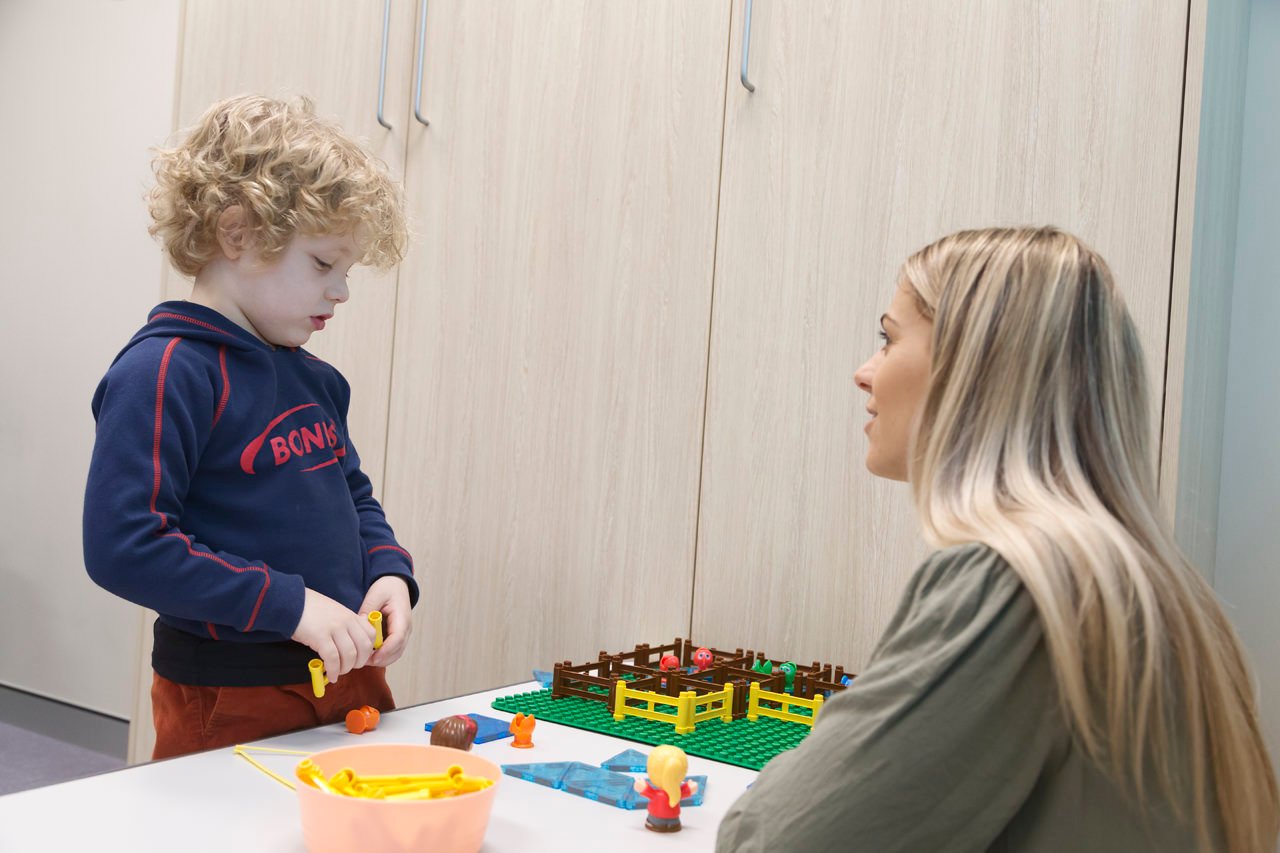Search




CliniKids has clinics in Subiaco and in Joondalup

Find out more about Occupational Therapy services at CliniKids.

CliniKids runs training in a range of areas for clinicians and autism professionals in addition to workshops for parents, caregivers and families.
CliniKids is putting the ‘evidence’ in evidence-based practice by providing families access to the best scientific-backed therapies as quickly as possible so that all autistic children have the chance to reach their full potential.

Find out more about Paediatric Autism Communication Therapy training for allied health and autism professionals at CliniKids.
Research
Ethnic differences in the quality of the interview process and implications for survey analysisComparable survey data on Indigenous and non-Indigenous Australians are highly sought after by policymakers to inform policies aimed at closing ethnic...
Research
The increasing prevalence of reported diagnoses of childhood psychiatric disorders: a descriptive multinational comparisonThe objective of this study is to compare the time trend of reported diagnoses of autism spectrum disorder, hyperkinetic disorder, Tourette's syndrome, and...
